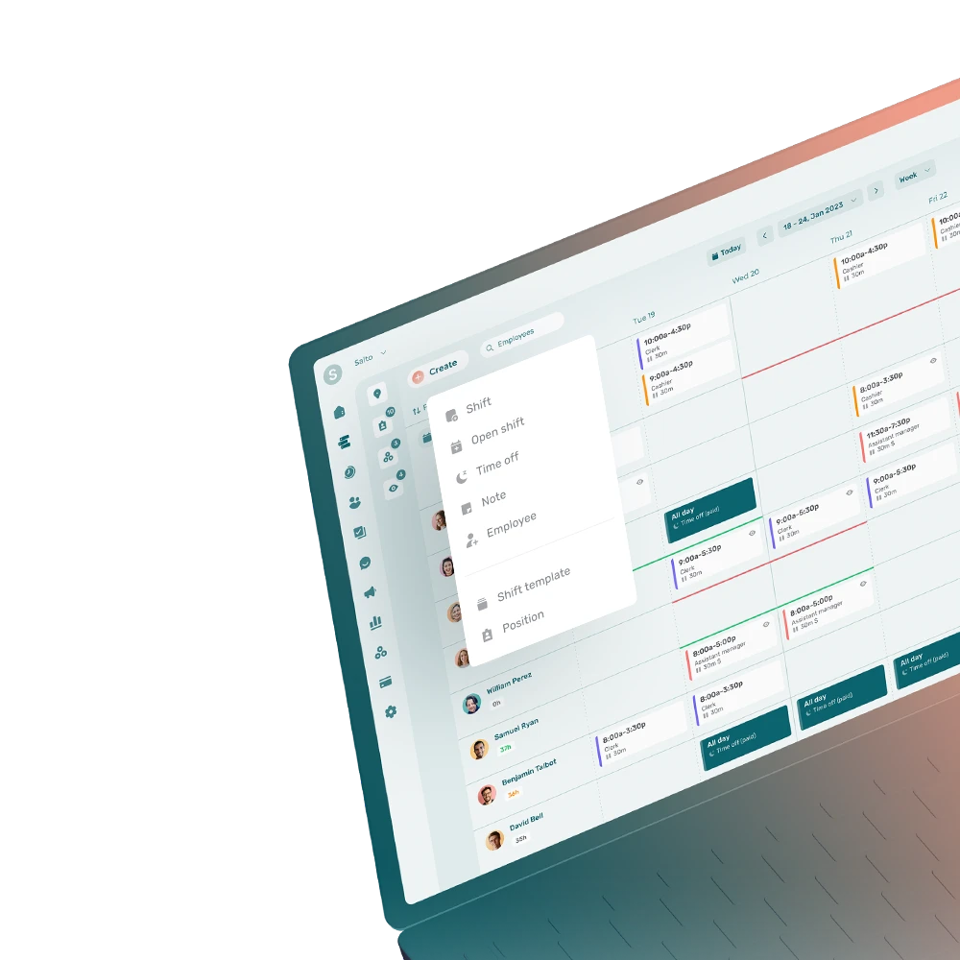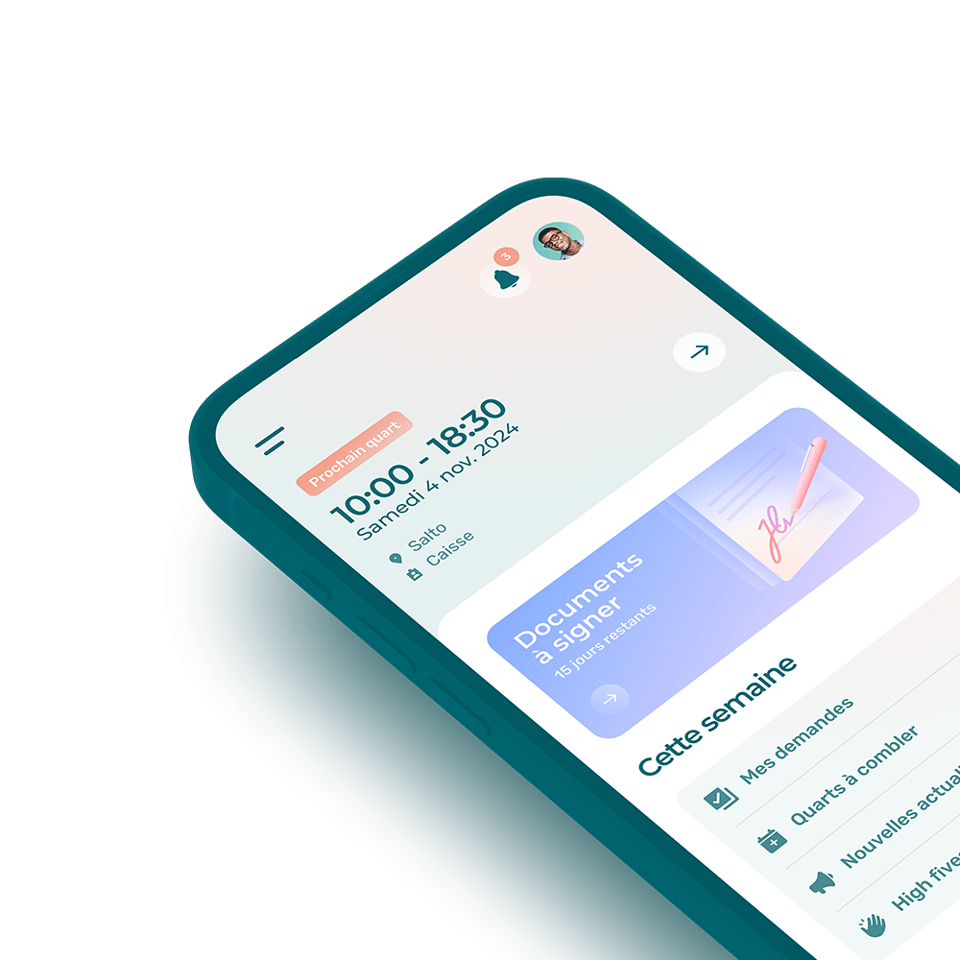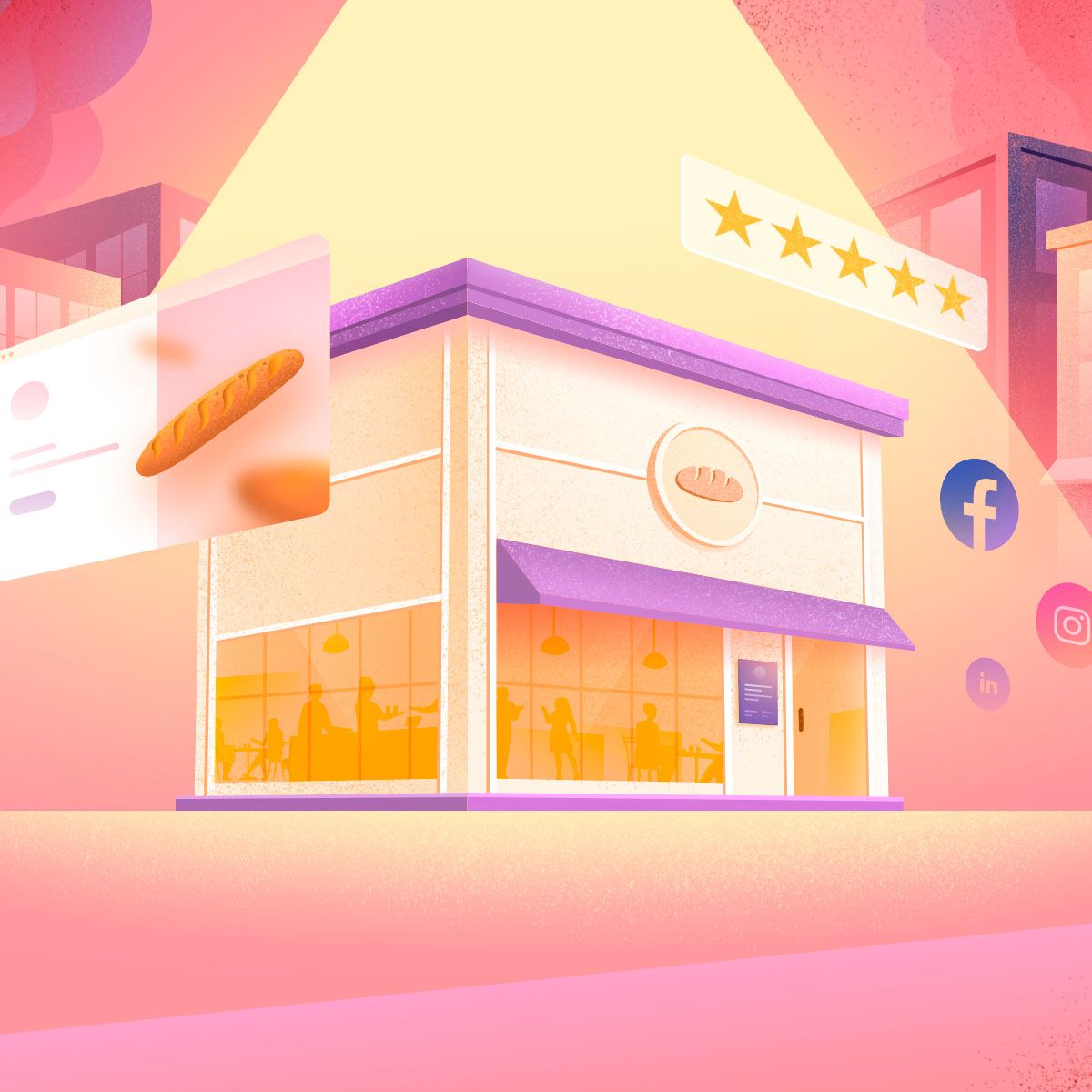Employer branding is the process of managing and influencing a company’s reputation as a place of work in order to better attract, engage, and retain talent.
Why Is Employer Branding Important?
Employer branding influences how job seekers, employees, and stakeholders perceive a company. Since workers are increasingly seeing their job as an integral part of their lives—as opposed to a simple exchange of work for compensation—a strong employer brand is an effective way of displaying compelling added benefits. This is especially important to consider for specialized positions with a shallow candidate pool and where the burden of attracting applicants is shifted on the employer.
What Are Examples of Employer Branding Strategies?
The types of employer branding strategies to adopt depend on the objectives set by the organization. Common objectives include:
- Increasing the number of highly qualified candidates;
- Reducing time and cost per hire;
- Improving employer brand awareness;
- Generating more applications from social media;
- Increasing offer-acceptance rate.
After the appropriate objectives have been identified, the organization must identify their candidate persona, define their employee value proposition, and choose the right channels to promote their employer brand.
What Is Strong Employer Branding?
Strong employer branding refers to the positive and influential reputation earned by a company over the years. It is often reflected by the numbers of internal and external ambassadors.
A strong employer brand helps an organization stand out from its competitors.
What Are the Benefits of Employer Branding?
Strong employer branding facilitates recruitment and improves retention. Candidates are most likely to apply for a position and work for a company longer if the organization speaks to their values and aspirations.
A strong employer brand also helps build visibility and has a positive impact on reputation. Furthermore, the brand improves the experience of customers as employees are more engaged toward the objectives of the organization.












